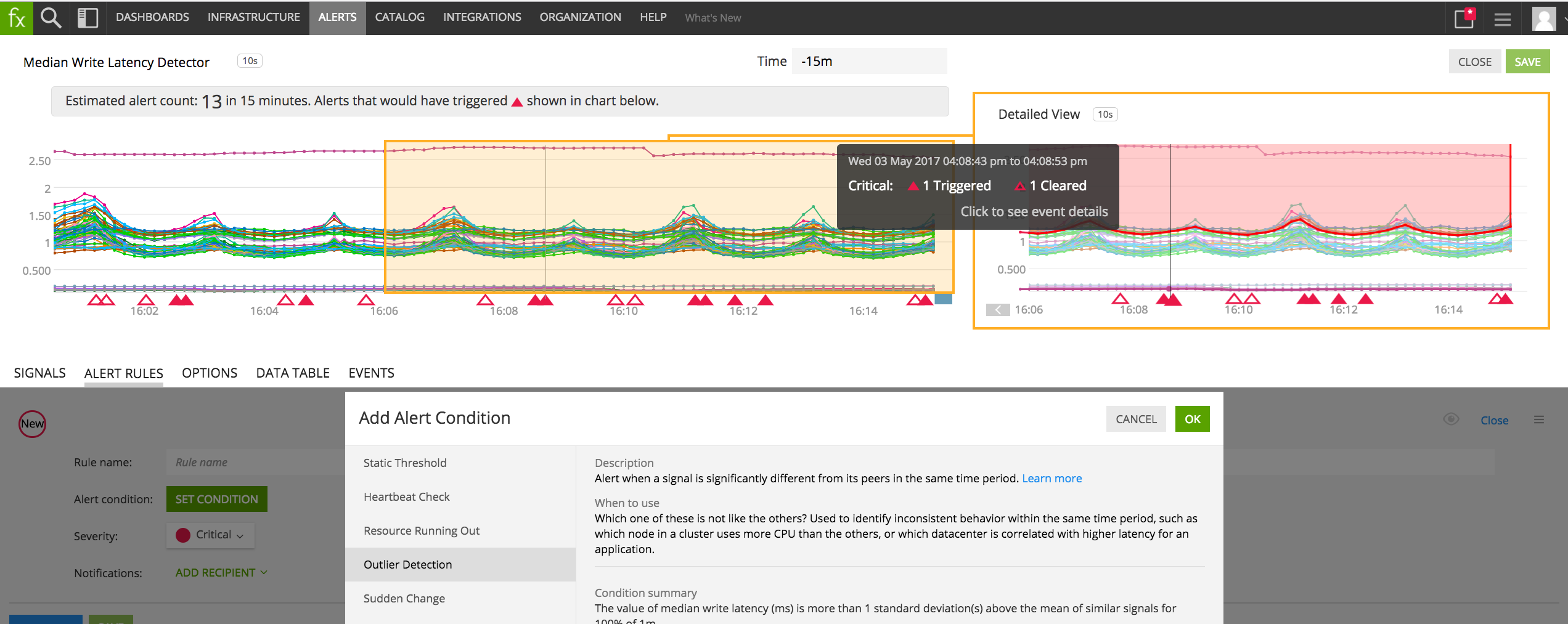
Being able to catch issues in advance becomes important when switching to a modern architecture like containers or microservices, but without the right alerting or monitoring features, traditional architecture companies are unable to effectively identify trends in their data. With SignalFx’s new set of capabilities around alerting, the company gives these companies sophisticated analytics so they can monitor their data and identify issues proactively.
SignalFx’s CEO, Karthik Rau, sees many formerly traditional companies moving to cloud-based architectures for their applications. Many of them have already adopted modern approaches like container-based architectures and microservices, he said.
As they switch over, these organizations are realizing that they need a different set of operational support systems to manage their data, since they can’t just do traditional monitoring with traditional alerts anymore, he said.
“These new environments are so much more dynamic,” said Rau. “They are scaling up, scaling down, [and] many of the environments are elastic. [This means] you don’t have just one physical machine servicing requests, but you potentially have clusters of dozens or hundreds of containers that are scaling up and scaling down.”
With SignalFx’s latest release, the company tackles the challenge that Rau says traditional monitoring solutions fail to solve, since they only look at individual components instead of focusing on doing real-time data analytics on metric data collected across the entire cloud.
SignalFx’s release includes new alerting capabilities so cloud operations teams can better monitor and manage their cloud infrastructure, containers and applications. The new Alert Preview provides cloud operations teams with the ability to test and preview the results of alert conditions on historical data, allowing users to see the frequency of alerts before applying them to real-time data streams.
SignalFx also includes pre-built alert conditions in its release, which are designed for cloud operations and for monitoring and delivering alerts that reflect what’s going on with cloud applications. Some of these conditions include outlier detection, sudden change alerting, historical anomaly detection, and more.
SignalFx’s release also provides teams with direct access to the alert condition library via the SignalFx API.





